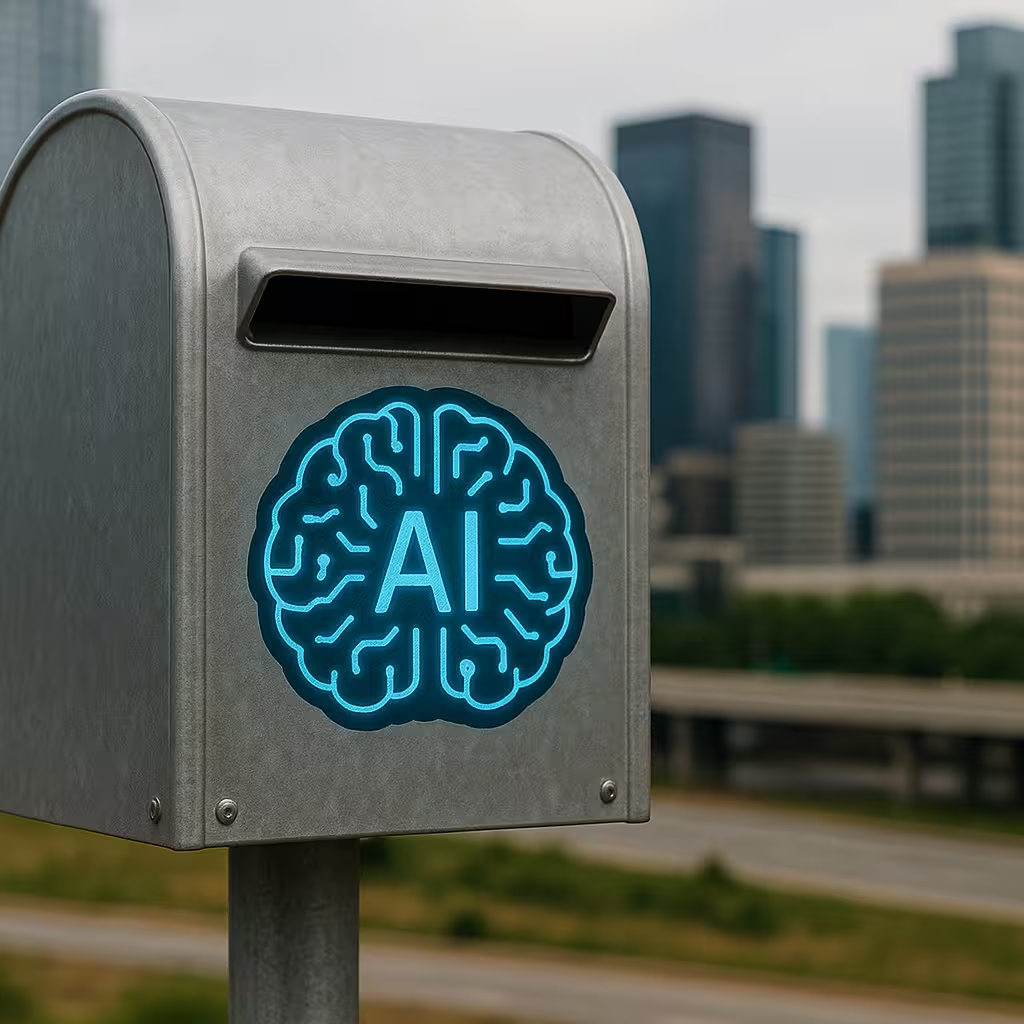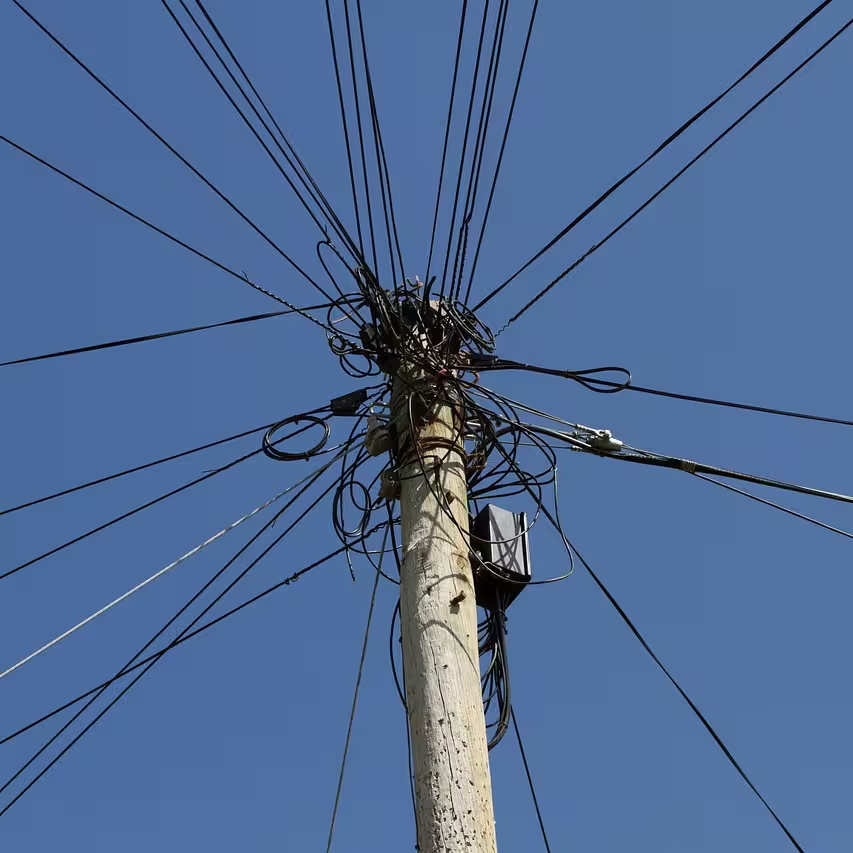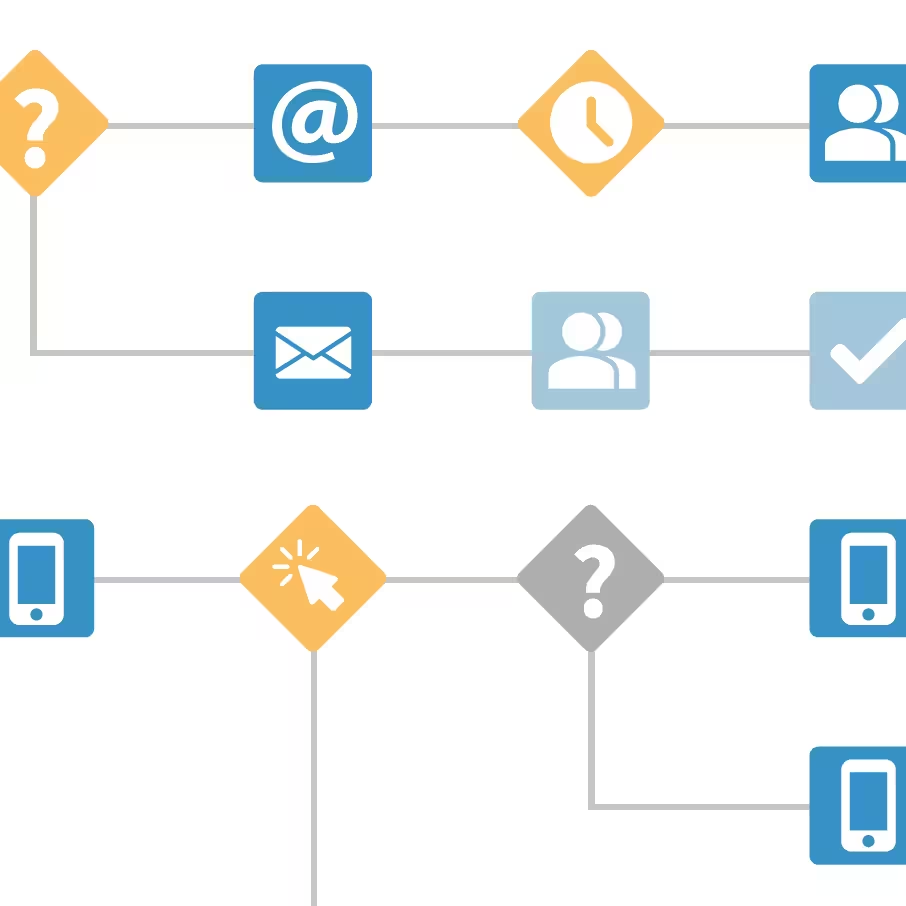Was there anything else? Turn cart abandonments into successful sales
The figures speak for themselves: Over 73% of all online purchases are canceled before check-out. Potential buyers are just a few clicks away from completing a purchase, but then they leave the website. What can marketers do to turn these seemingly lost opportunities into successful sales and ensure that lost customers are happy to come back?

1. Understanding shopping cart abandonment: Analyze the most common causes
Before you can develop an effective strategy against cart abandonment, you need to understand why. According to a meta-analysis by the Baymard Institute, almost 43% of users leave their shopping cart because they are “just browsing” or “not yet ready to buy.” Excluding this segment, concrete obstacles emerge as the main causes: excessive shipping costs, the obligation to create an account, uncertainties in return conditions, or the lack of preferred payment methods.
Analyze the customer journey on your website. What is most likely to prevent your customers from completing the checkout? Website heatmap tools such as Hotjar or Microsoft Clarity show you how visitors behave during the checkout process and where they exit. Talk to your customer service too, as this is where valuable insights can be gathered about recurring problems. In addition, you can integrate exit intent surveys into your checkout process to directly find out the reasons for the cancellation.
Once you have a clearer picture of what's preventing your buyers from completing a purchase, you can streamline both your checkout process and your communication when shopping cart abandonments. From a marketing perspective, not all obstacles can be removed, but through targeted communication, you can clarify open questions, address concerns and build trust in your shop.
2. From generic to personal: correctly design shopping cart abandonment emails
Our experience shows that the more personalized the shopping cart abandonment email is, the more successful it is. Generic “you forgot something” messages achieve lower open-to-click rates and generate fewer purchases than emails whose content is tailored to customers. Successful emails highlight the products from the shopping cart with meaningful images, detailed descriptions and authentic reviews.
You can also recommend similar products based on previous purchases and browsing history. At the same time, you should proactively address potential concerns, such as shipping costs or inventory availability.
Data integration for intelligent personalization
To create personalized and effective cart abandonment emails, data from various sources must be brought together in your marketing automation platform.
- Web analytics: browsing behavior, time spent on pages
- Email interactions: opening and clicking behavior, optimal sending times
- Purchase history: order history, purchase frequency, product preferences
- Loyalty program data: points received, offers redeemed, VIP status
- Shop data: product data, stocks
Technical requirements for successful shopping cart abandonment emails
Choosing the right tech stack is critical to the efficiency, personalization, and scalability of your shopping cart abandonment communication. Your marketing automation tool should have these core features:
- Automated email workflows for time-controlled, multi-stage follow-ups following a shopping cart abandonment. Ideally, triggers, time delays and conditions can be flexibly configured.
- Real-time data synchronization with the shop for up-to-date data on shopping cart, purchase information and inventory levels.
- Product data integration for product texts, images, prices, categories directly from the shop or from a linked product feed. Filter rules, for example for only available items or specific price ranges, increase the relevance of the content displayed.
- Dynamic content generation for individual product recommendations, current prices or availability information
- Multi-channel automation to trigger further measures in other channels, such as SMS or push notifications, depending on individual behavior, when there is no interaction with emails.
3. Just in time: When shopping cart abandonment emails are most effective
Send cart abandonment emails in a timely manner to get customers interested again without overwhelming them. Timing and frequency are crucial for effectiveness. An email that is sent within an hour of abandoning the shopping cart usually reaches buyers at a time when they still remember the product well. If there is still interest, this quick response can regain the attention of customers and increase the probability of buying.
However, the timing must be chosen strategically. Shipping too early can be seen as intrusive, while waiting too long means that the buying impulse is lost or the product has already been purchased from the competition.
Does a lot help a lot? Which email sequence is ideal?
A well-structured email sequence for abandoned shopping carts can include two to three emails:
- First email (within an hour): A gentle reminder of the items left behind in the shopping cart.
- Second email (after 24 to 48 hours without a purchase): Additional product information, reviews, or social proof to build trust and reduce potential doubts.
- Third email (3-5 days later): A stronger incentive, such as a limited-time discount or an indication of low inventory, to create urgency Build controls into your email history to ensure recipients only receive discount codes once. In this way, you prevent customers from learning to receive discounts by deliberately waiting.
Attention: If you are unable to personalize and dynamize the emails with product data and appropriate recommendations from a technical and procedural point of view, it is better to send just one email instead of a copy of the same email over and over again! The aim should be to persuade, not annoy, through value-added communication.
Determine the optimal time to send: Create an A/B/C test plan for various frequencies and analyze your customers' opening and clicking behavior to determine the best delivery times and optimize engagement. Many marketing platforms also offer AI assistants who personalize the sending time based on the individual engagement history of each contact.
4. Motivation and clarity: How incentives and CTAs work together
Provide additional incentives to encourage customers to return to their shopping cart and complete the purchase. Different incentives appeal to different target groups. It is crucial that you select offers that are well received by your customers and fit your corporate strategy. Proven incentives include:
- Discounts: A targeted price reduction can encourage reluctant buyers to buy. However, use this tool sparingly and specifically for high-priced products or specific target groups. Make sure that a contact won't receive the discount multiple times, or at least not multiple times, within a certain period of time.
- Free shipping: Eliminate one of the most common purchase obstacles — here too: Don't use the incentive as a general rule in every email, but use it wisely.
- Loyalty benefits: Reward points for completing a purchase promote long-term commitment.
- Limited-time offers: Holiday promotions or seasonal promotions create urgency. Make sure that these incentives are perceived as rare and exclusive. Create time pressure and urgency with countdown timers.
Instead of taking a generic approach, brands should segment their customers based on their buying behavior and interactions. Implement controls to prevent profit margins from being jeopardized by multiple discount usage.
With incentives tailored to individual target groups, you can achieve higher conversion rates and maximum profitability:
- First-time dropouts often need encouragement through social proof or a simple, unobtrusive reminder.
- Regular customers often respond better to loyality-based incentives than to pure discounts.
- Repeated cancelers can be successfully addressed through limited-time offers or messages that address specific problems.
Create compelling CTAs
A clear and convincing call-to-action should seamlessly and smoothly return customers to their shopping cart.
- Use action-oriented language: Phrases such as “complete purchase now” or “secure discount now” motivate direct action.
- Create urgency: Statements such as “Only a few copies left” or “Offer will end soon” reinforce the willingness to act.
- Stand out visually: Buttons should stand out clearly in terms of color and size and be optimized for mobile devices.
Well-thought-out CTAs can achieve significantly higher click-through rates and conversions, as they focus attention specifically on the next action step.
5. Multichannel marketing: Find the right mix for shopping cart abandonments
E-mails are often the cheapest way to report abandoned shopping carts. However, since not all users can be reactivated via email, you should consider further expansion stages of your shopping cart abandonment automation in the multichannel sector. A multichannel cart abandonment recovery strategy helps recover abandoned shopping carts by increasing customer touchpoints across multiple channels. The more relevant points of contact customers have with your brand, the more likely a successful recovery is.
Effective additional channels in the channel mix
- SMS: With an open rate of almost 98%, text messages capture attention more effectively than email reminders. However, a separate SMS opt-in is required. Because of the higher costs, this channel should only be used in a very targeted manner.
- Web push notifications: These reach users directly in the browser, even if they are no longer active on the website.
- Mobile push notifications: Ideal if customers have already installed your app. They offer direct attention to mobile users.
- Messenger marketing (e.g. WhatsApp): Enables more personal communication with a high engagement rate. Active consent is also required for this.
- On-site retargeting (pop-ups): This is the last chance to persuade users to buy with an incentive or reminder just before they leave the site or to point out that there is still something in their shopping cart when the contacts come by again.
- Retargeting ads remind potential customers of abandoned products. When buyers cancel their shopping cart, Google or meta ads follow them across various platforms and reignite their interest in the products. This subtle push keeps your brand in users' mind and significantly increases the probability of conversion.
6. From transaction to relationship: Customer-oriented shopping cart abandonment strategies
Many customers cancel their purchase because they are undecided or have unanswered questions, for example about price, return conditions or product features. With helpful content, you can reduce these uncertainties and strengthen confidence in the purchase decision. View cart abandonments as an opportunity to support customers and build trust and long-term loyalty. Therefore, do not focus exclusively on sales, but also address potential obstacles.
- Detailed product information: clearly communicate specifications and benefits
- Authentic customer reviews: testimonials as trust-building social proof
- FAQ areas: Answers to common questions such as “How long does shipping take?” or “How does the return work?”
- Return and exchange policies: Clear communication of risk-free shopping experiences
- Pick-up options: Where possible, point out store services
- Live Support: Provide chat or support links for real-time assistance
Instead of a simple “you have forgotten something” message, these emails offer real added value and motivate buyers to return to their shopping cart.
Strategically build long-term customer relationships
A customer-oriented approach goes beyond the individual transaction. Even if customers don't complete their purchase right away, positive interactions increase the likelihood of future conversions. When customers feel supported and not pressured, they develop more trust in your brand and are more likely to return — one-time buyers become loyal repeat buyers.
7. Between advertising and service: Legal classification of shopping cart abandonment emails
Both the General Data Protection Regulation (GDPR) and the Unfair Competition Act (UWG) in Germany are relevant for shopping cart abandonment emails. The GDPR regulates the handling of personal data while the UWG regulates the sending of promotional emails, including shopping cart abandonment emails.
The legal grey area
Some marketers argue that cart abandonment emails are mere reminders in the buying process and therefore transactional emails that do not require an opt-in. However, care should be taken with this interpretation: Anything that promotes sales is legally considered a promotional email. If you want to choose this route, the cart abandonment email must not contain any promotional elements, call-to-actions such as “Complete purchase now” or cross-sell elements.
In our opinion, well-designed and successful shopping cart abandonment emails are promotional emails that must not be sent without consent. In order to avoid warnings, online shops should absolutely comply with the legal regulations.
Cart abandonment emails without active consent
Under one condition, shop operators in Germany do not need active consent for shopping cart abandonment emails: The regulation applies if customers who are already existing customers within the meaning of § 7 (3) UWG, were informed of the sending of advertising emails when the address was collected and have not objected to the so-called German “UWG opt-in”. In this case, online shops may send shopping cart cancellation emails without the need for an active opt-in. The other requirements for existing customers in accordance with § 7 (3) UWG are:
- The email address may be used for direct marketing of your own similar goods or services.
- Customers must not have objected to the use of their email address for this purpose.
- As soon as the address is collected and every time it is used, the possibility of objection must be clearly and clearly indicated.
As soon as one of the above requirements is not met, shop operators must obtain and be able to prove active consent to receive promotional emails.
Since cart abandonment emails are used to promote sales and are not purely transactional emails, an unsubscribe link must always be included.
Conclusion: Use shopping cart abandonments as a strategic opportunity
Cart abandonment emails are much more than simple reminders — they are strategic tools for customer acquisition, sales growth, and long-term customer loyalty. The average shopping cart abandonment rate may seem daunting at first, but it also reveals the huge potential for companies that use these touchpoints intelligently. The key to success lies in the systematic implementation of all seven strategies: data-driven personalization, strategic timing, convincing incentives with strong CTAs, a well-thought-out multi-channel approach, customer-oriented service and legally compliant implementation.
Companies that understand cart abandonment emails as an integral part of their customer journey and invest accordingly can significantly increase their conversion rates. At the same time, they build trust through helpful, personalized communication and turn unique visitors into loyal repeat buyers.















